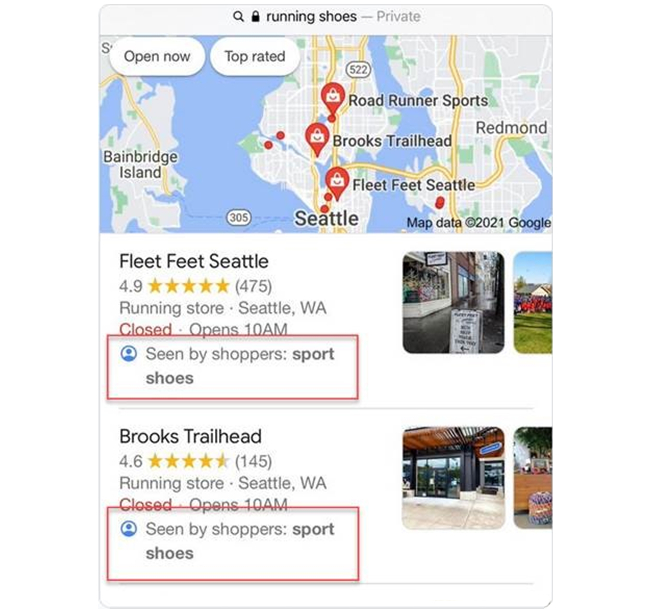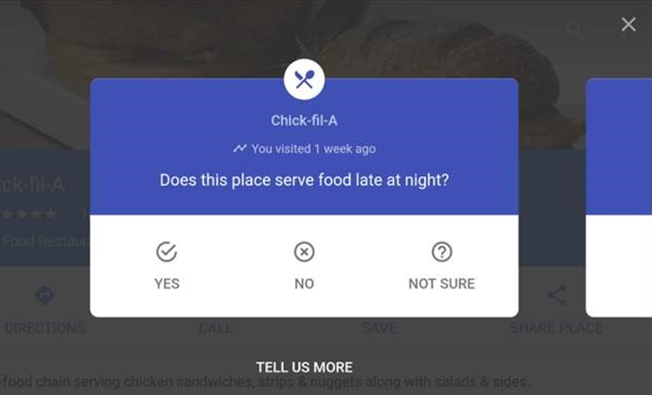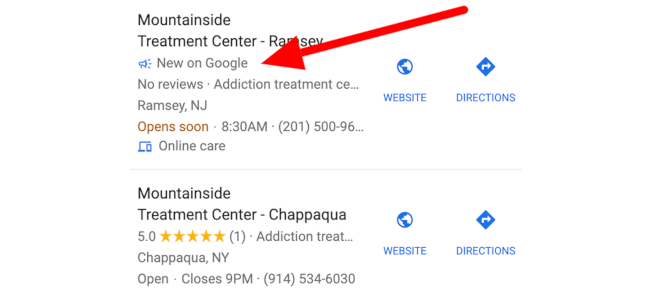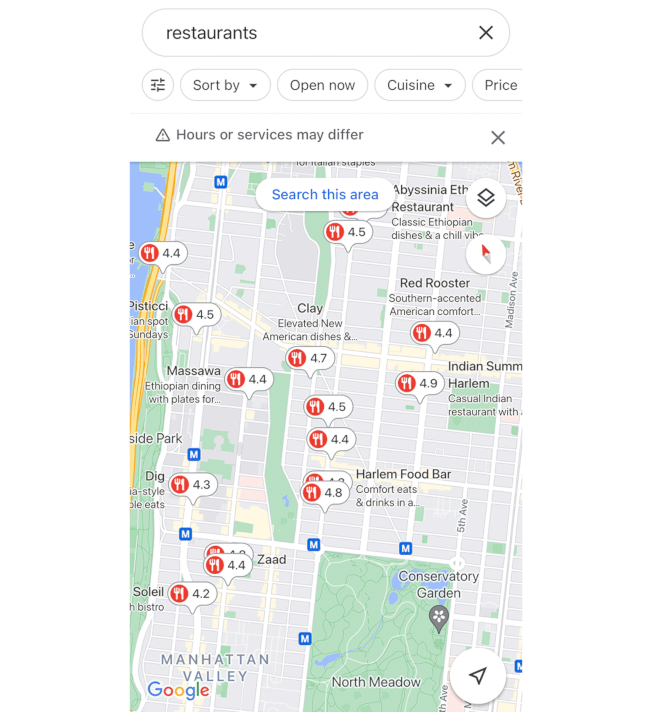No more Google My Business short names, restaurant ratings appearing directly in Google Maps, and a two-part core algorithm update. It all happened in local search this June. Join us for a quick rundown of all the updates you need to know about.
Google core algorithm updates for June and July
On June 2, Google graciously let webmasters know to expect ranking fluctuations due to an upcoming algorithm update. The search giant apparently intended to release a single update but missed its own deadline, so the second part will not be released into the wild until early July.
This update is not meant to target any specific industry, and any ranking fluctuations seen in June may be rectified in July. Even so, SEO experts have reported that the initial rollout is affecting the health, auto, pets/animals, science, and travel industries.
Later today, we are releasing a broad core update, as we do several times per year. It is called the June 2021 Core Update. Our guidance about such updates is here: https://t.co/e5ZQUA3RC6
This will be followed by the July 2021 Core update. Here’s more information about that…
— Google SearchLiaison (@searchliaison) June 2, 2021
Why do search specialists monitor these changes despite Google’s reassurances? Very simply, Google is not always being fully aware of the impact of its own actions. Many core algorithm updates—which frequently occur without warning—are not meant to have a substantial impact but nevertheless drastically impact some businesses. The opposite is also true: look no further than the E-A-T update (Expertise-Authoritativeness-Trustworthiness), which unintentionally devalued legitimate medical sites in its attempt to crack down on fraud.
Even those that create and manage the algorithm can’t understand the full consequences of its changes. That, in a nutshell, is why ranking experts monitor these changes. Whether the algorithm gives you a leg up or puts you at a disadvantage, we’ll let you know—and explain exactly how to react.
Google My Business (GMB) discontinues short names
GMB “short names”, which simplify URLs for listings, are being discontinued due to low uptake. Existing short names will continue to work, but no new ones can be created. In fact, the corresponding menu in the GMB dashboard has been removed for all users that didn’t already specify a short name; the same menu remains for those that did, but they will no longer be able to alter the short name itself.
Short names were intended to be easier to remember and much more print-friendly than GMB’s auto-generated addresses. For example, a business could have claimed “DunderMifflin” as its short name, generating the URL https://g.page/DunderMifflin as opposed to something unwieldy like https://g.page/r/CW_5TnKS12f4EAE78gfugfdu9. Printed links to GMB profiles will now have to rely on other URL-shortening services for easy-to-type addresses.
New GMB justification: “Seen by shoppers”
Justifications, the labels used to provide additional context to listings in the local pack, have been expanded with a label specific to retailers. The “Seen by shoppers” justification describes specific brands or product categories sold by the retailer.

This section appears to be powered by “Know this place?” functionality, wherein Google asks Local Guides to answer questions about a business. As such, there is no current method for a business to alter its ascribed “Seen by shoppers” tags.

The similar “Sold here” justification is powered by products already listed on the location’s online inventory, whereas “Seen by shoppers” seems to be a broader, crowdsourced version. The two elements are likely to converge over time, but for now their purposes will remain distinct depending on which justifications Google deems most useful to each user.
Say hello to the “New on Google” label
Google has launched a “New on Google” label to listings in both search and maps. Any business with a GMB listing less than 60 days old will qualify for this new label, even if the business itself has been established for many years.

Image: Search Engine Roundtable
Consumers looking for new businesses in their neighborhoods will appreciate the indicator. Businesses, too, may find it useful to not only keep an eye on new competitors but identify fake listings—especially locksmiths, lawyers, and contractors, who are regularly affected by spam listings masquerading as legitimate businesses.
In short, if the corresponding website indicates that a business has existed for years with dozens of reviews on Google, the “New on Google” label may represent a strong case for reporting and removing spam listings.
Restaurant ratings added to Google Maps UI
Without having to click on a listing, pins for restaurants on Google Maps are showing the average star rating. It’s another step in the search giant’s ongoing mission to become the de facto review platform.

Image: Search Engine Roundtable
Learning from its rivals Yelp and Trip Advisor, Google is trying to not only provide a better user experience but increase the value of Google reviews to these businesses. Maximising the visibility of average ratings is certainly one way to encourage fresh review content in one of the most review-dependent industries there is.
Yelp: Diners are returning to restaurants in record numbers
With vaccines successfully rolling out across North America and other parts of the world (not to mention patio season opening up for the summer), Yelp reported a record increase in the amount of diners seated through their platform. In May 2021, active seated users surpassed 3.7 million, a 48% increase compared to May 2019. In addition, 16,500 food and restaurant businesses reopened in April—the highest number of reopenings since April 2020.
Consumers are clearly craving dining and entertainment experiences, and the fortunate businesses that managed to survive the pandemic can now expect to welcome an influx of customers. Those with outdoor amenities should focus their marketing accordingly, and make their current and planned opening/operating procedures abundantly clear in all channels.
Don’t let local search become an afterthought for your business—find out how your local presence can be a potent force for growth. Let’s talk!




